![]()
The relationship between fashion and cinema is a complex one, with influence going both ways. Sometimes, runway shows take their cues from the glory of the silver screen, while costume designers can find inspiration on the pages of Vogue. In cases such as the collaboration between Audrey Hepburn, Edith Head and Hubert de Givenchy, it's a multifaceted symbiosis where couture and cinema walk hand in hand to the benefit of both. These dynamics aren't exclusive to the Golden Age of Hollywood and the big studios, of course. Just look at the great style icons of the 70s moviedom...
A new collection from the Criterion Channel highlights those very same icons, curating a selection of 13 movies whose sartorial choices transformed fashion as much as they were influenced by it. Since it's the 70s we're talking about, here are seven highlights from those stylish movies.
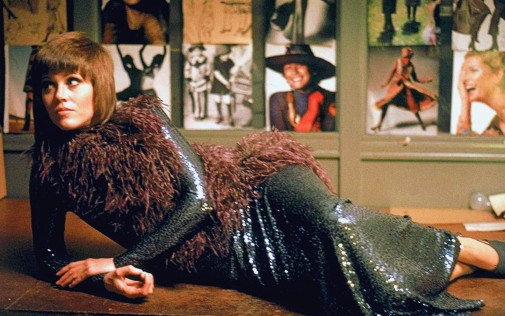
KLUTE (1971)
Costumes designed by Ann Roth.
Jane Fonda's shaggy haircut may be the most immortal part of Klute's fashion choices, but one shouldn't underestimate the precise work of Ann Roth. From her most casual looks to the extravagance of a sequined high-neck dress, Bree Daniel is a style icon through-and-through. She also feels real with a personal sense of style, one that's idiosyncratic but also follows strict divisions between her work, her private life and model aspirations. What I often find fascinating, however, is how Roth uses color. She often makes Bree stand out by making her the least vibrant element of any given composition, drawing the audience's eye by turning the star into a chromatic void.
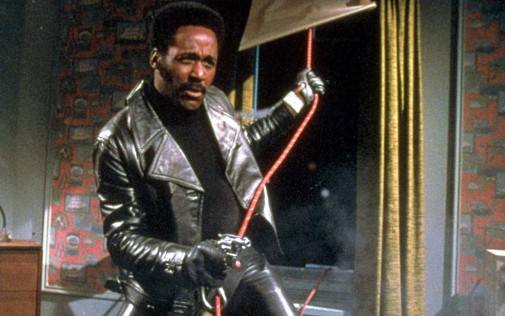
SHAFT (1971)
Costumes designed by Joseph G. Aulisi.
Blaxploitation cinema brought with it many wondrous fashions and Shaft, an MGM hit, was one of the most influential in that regard. The idea of a hardboiled detective wearing a long trench coat has been a mainstay of American cinema since the heyday of film noir. However, for the wardrobe of John Shaft, Aulisi designed an update on the look, making the coat leather and the look underneath a streamlined and perfectly fitted pair of slacks with a turtleneck sweater up top. The result was instantly iconic, as badass as it is simple. The rest of the casts' costumes are no less great, by the way.
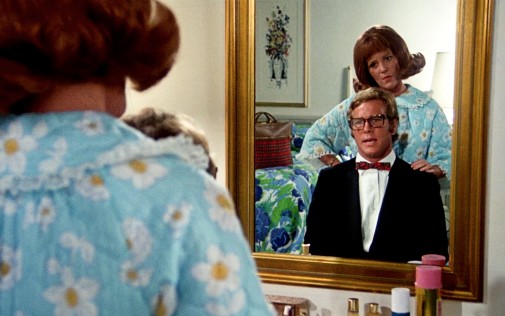
WHAT'S UP DOC? (1972)
Costumes designed by Polly Platt.
Just like the screwball comedies of the 1930s took the era's most beloved fashion trends to their sparkling apotheosis, so did 1972's screwball homage What's Up Doc?. Wearing a slinky wardrobe complete with custom made newsboy hat and a fitted suit with flared pants, Barbra Streisand's Judy Maxwell is a vision of 70s movie stardom. In contrast, Madeline Kahn's Eunice seems like one of the Republican housewives in Mrs. America with their style turned to eleven. With these touches of fashionable trends, contrasts, and exaggeration, Polly Platt managed to make comedy out of cloth.
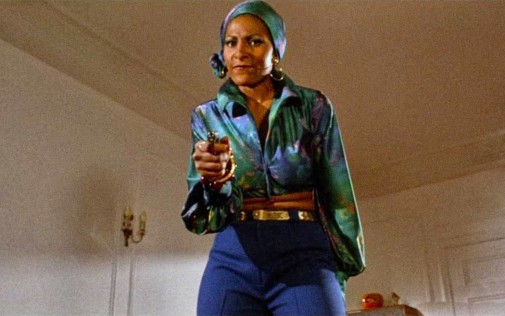
FOXY BROWN (1974)
Costumes designed by Ruthie West.
With Foxy Brown, we return to the design miracles of Blaxploitation costuming. Ruthie West dressed Pam Grier when she played this iconic heroine, figuring out dozens of colorful outfits that help the story move along and dazzle the audience too. Foxy wears a different costume for practically every scene she's in, with styles that vary from sexy gowns with plunging necklines to her very own Shaft-esque leather suit for the movie's explosive climax.
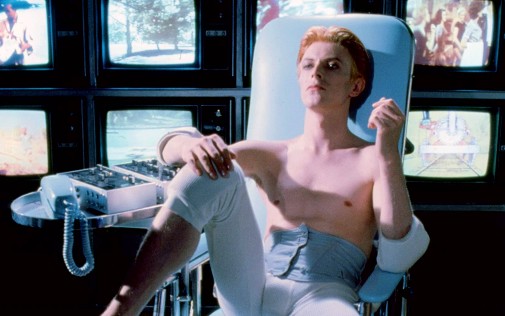
THE MAN WHO FELL TO EARTH (1976)
Costumes designed by May Routh.
For her first job as a costume designer, May Routh dressed 1970s America to look alien to the eyes of a man from outer space played by David Bowie. She made the fashions of the time look weird at the same time Bowie's clothes exuded an eerie quality, sometimes so plain they transcended their ordinariness and became spectacular. Ola Hudson's tailored the star's slimming suits, giving him that perfect look of lanky elegance, while Routh came up with some of the weirder fashions like the extra-terrestrial native clothes and some bizarre corseted outfits.
![]()
ANNIE HALL (1977)
Costumes designed by Ruth Morley.
Morley may be credited as the costume designer of Annie Hall, but the iconic look of the lead character was constructed, in great part, by the actress who gave her life. Diane Keaton looked at the chic women of SoHo and took style inspiration from them, including a preponderance of Ralph Lauren menswear readapted for female clotheshorses. The result is an unforgettable character and a style icon that would come to inspire many people to these days.
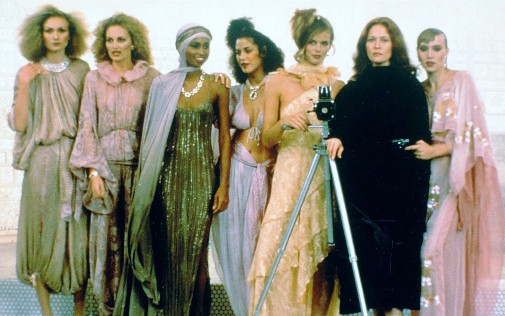
EYES OF LAURA MARS (1978)
Costumes designed by Theoni V. Aldredge.
Eyes of Laura Mars is almost too 70s too function, a delightfully trashy American take on the Giallo. In it, Faye Dunaway plays a famous photographer steeped in the fashion world who, one day, starts to see through a serial killer's eyes whenever he does the murderous deed. It's an extravagant picture full of glamorous fashion shoots and ridiculously overwrought outfits worn by Dunaway herself. It's the great Theoni V. Aldredge's magnum opus and everyone should see it. It's criminal that it didn't get any Oscar recognition.
Speaking of the Best Costume Design Oscar, since the category stopped being divided between black & white color, we rarely see contemporary fashions among its selections. Truth be told, these seven achievements would have all deserved consideration from the Academy. They're better than some of the nominees.
Style-wise, what's your favorite picture from the 1970s?